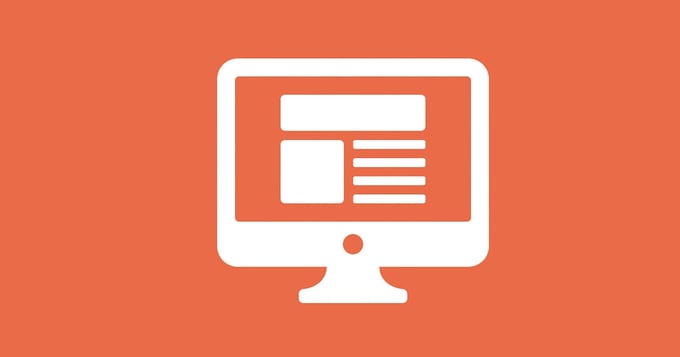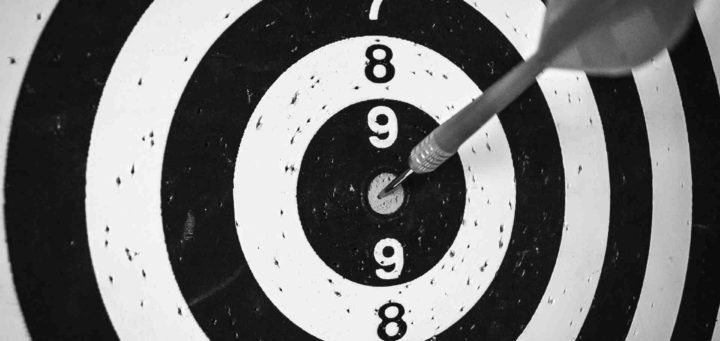Your landing pages should be treated like an art canvas, designed to attract visitors and interest them in engaging with you. The easier you make it for your visitors to understand who you are, what you’re offering, and what you’re selling it for, the more likely those visitors are going to convert.
Here are 8 quick fixes you can apply to your own landing pages to get them more highly-optimized and higher-converting right away.

1. One Focus
Your landing page needs to focus on getting visitors to take one specific action. Multiple calls-to-action are confusing and your visitor might be unclear on what he needs to do to move to the next step. This will likely cause frustration and potentially, for that visitor to leave the page.
2. Clear Copy & CTA
Make sure you have clear and concise copy on your landing page (for those visitors who prefer to scan vs. read), and one clear call-to-action. You should have a headline and subline that will briefly explain what the page is about, and entice your visitor to remain on the page. Try to avoid long sentences or paragraphs, and instead try using bullet-points or short phrases to get your points across.
3. Test with the 5 Second Rule
The “5 second rule” doesn’t just apply to food dropped on the ground; you can also use it for landing page testing. If your visitor’s attention isn’t hooked after 5 seconds, chances are likely you’ve lost them.
4. Use Images
Images just generally make a page more appealing, and visitors are more likely to share a landing page if it includes an image.
5. Proof of Credibility
What’s going to make your product or service stand out against a competitor? Credibility. Include badges or industry-specific accreditations or certifications on your landing pages. If you have a great customer testimonial or a media review of your product or service as well, it will only help to label you as trustworthy to prospective customers.
6. Create a Sense of Urgency
As discussed in last week’s post, people tend to make decisions more easily when there is a sense of urgency pressing them. Use urgency or scarcity techniques like “limited time only!” or “only 5 spots remaining!” to compel your visitors to act quickly.
7. Avoid Distractions
Even if every other standard page on your site has a sidebar or links to other content within your site, you want to avoid this with your landing pages. Your #1 goal with a landing page is to get every visitor to focus on your call-to-action, and eventually convert. You risk the chance of this happening if you have distractions on your page, like links that take them away to another page, or a navigation bar. Your landing page visitor needs to only have two options: convert (fill out the form, submit their email address, etc.) or leave.
8. Consistency Between Ads & Landing Pages
If your ad or CTA button make a promise to a visitor, your landing page better help to deliver on that promise. For example, if your ad promises a free 30-day trial and your visitor clicks the link only to find a landing page that asks them to sign up for a newsletter, they’re going to feel ripped off. Your ad and landing page design should be as consistent and complimentary to each other as possible.
—
Every detail on your landing page should have a purpose; you’ll find out this purpose by continually running A/B tests on your pages to figure out what works and what doesn’t.
While you’re at it, check out our free downloadable creative brief template. You may find some useful tips to help with re-designing your site and landing pages.


